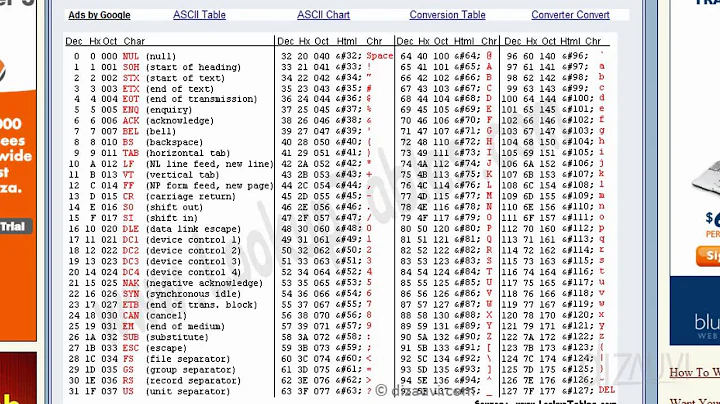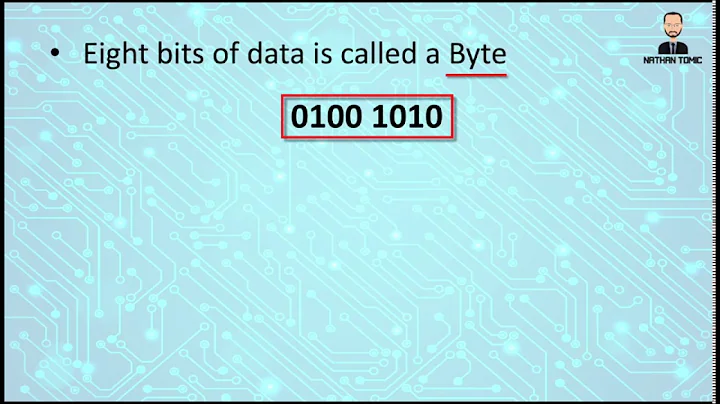Can vim display ASCII characters only, and treat other bytes as binary data?
Solution 1
When using vim -b, this displays all high characters as <xx>:
set encoding=latin1
set isprint=
set display+=uhex
Any single-byte encoding will work, vim uses ASCII for all lower chars and has them hard-coded as printable. Setting isprint to empty will mark everything else as non-printable. Setting uhex will display them as hexadecimal.
Here is how the display changes after each command:




Solution 2
This sounds like what you're looking for. This tip from the vim wiki titled: Forcing UTF-8 Vim to read Latin1 as Latin1.
$ vim -c "e ++enc=latin1" file.txt
Also from vim's :help you can do this to see more on encodings.
:help enc
excerpt from :help enc
'encoding' 'enc' string (default: "latin1" or value from $LANG)
global
{only available when compiled with the +multi_byte
feature}
{not in Vi}
Sets the character encoding used inside Vim. It applies to text in
the buffers, registers, Strings in expressions, text stored in the
viminfo file, etc. It sets the kind of characters which Vim can work
with. See encoding-names for the possible values.
NOTE: Changing this option will not change the encoding of the
existing text in Vim. It may cause non-ASCII text to become invalid.
It should normally be kept at its default value, or set when Vim
starts up. See multibyte. To reload the menus see :menutrans.
This option cannot be set from a modeline. It would most likely
corrupt the text.
NOTE: For GTK+ 2 it is highly recommended to set 'encoding' to
"utf-8". Although care has been taken to allow different values of
'encoding', "utf-8" is the natural choice for the environment and
avoids unnecessary conversion overhead. "utf-8" has not been made
the default to prevent different behavior of the GUI and terminal
versions, and to avoid changing the encoding of newly created files
without your knowledge (in case 'fileencodings' is empty).
...
...
Related videos on Youtube
Totor
Updated on September 18, 2022Comments
-
Totor over 1 year
I already know
vim -b, however, depending on the locale used, it displays multi-byte characters (like UTF-8) as single letters.How can I ask
vimto only display ASCII printable characters, and treat the rest as binary data, no matter the charset? -
Totor over 10 yearsThat's pretty nice, but I'd like "
vimto only display ASCII printable characters", and your solution uses the latin1 charset (that is ISO-8859-1, a superset of ASCII), it will thus display characters such aséwhich I'd rather like to be displayed as<e9>. -
pascal almost 9 yearsThese options don't depend on
-b, that will just set a few other options, see:help edit-binary. I don't see a difference in how nonprintable bytes are shown (it shows NUL without-bas well usually). I'm mostly not using-b, because I use these options to check on weird encodings in text files. -
user3691006 about 6 yearsVery handy, I'm going to use it when pasting from Word into text. Those commands can also be put onto a single line:
set encoding=latin1|set isprint=|set display+=uhex




